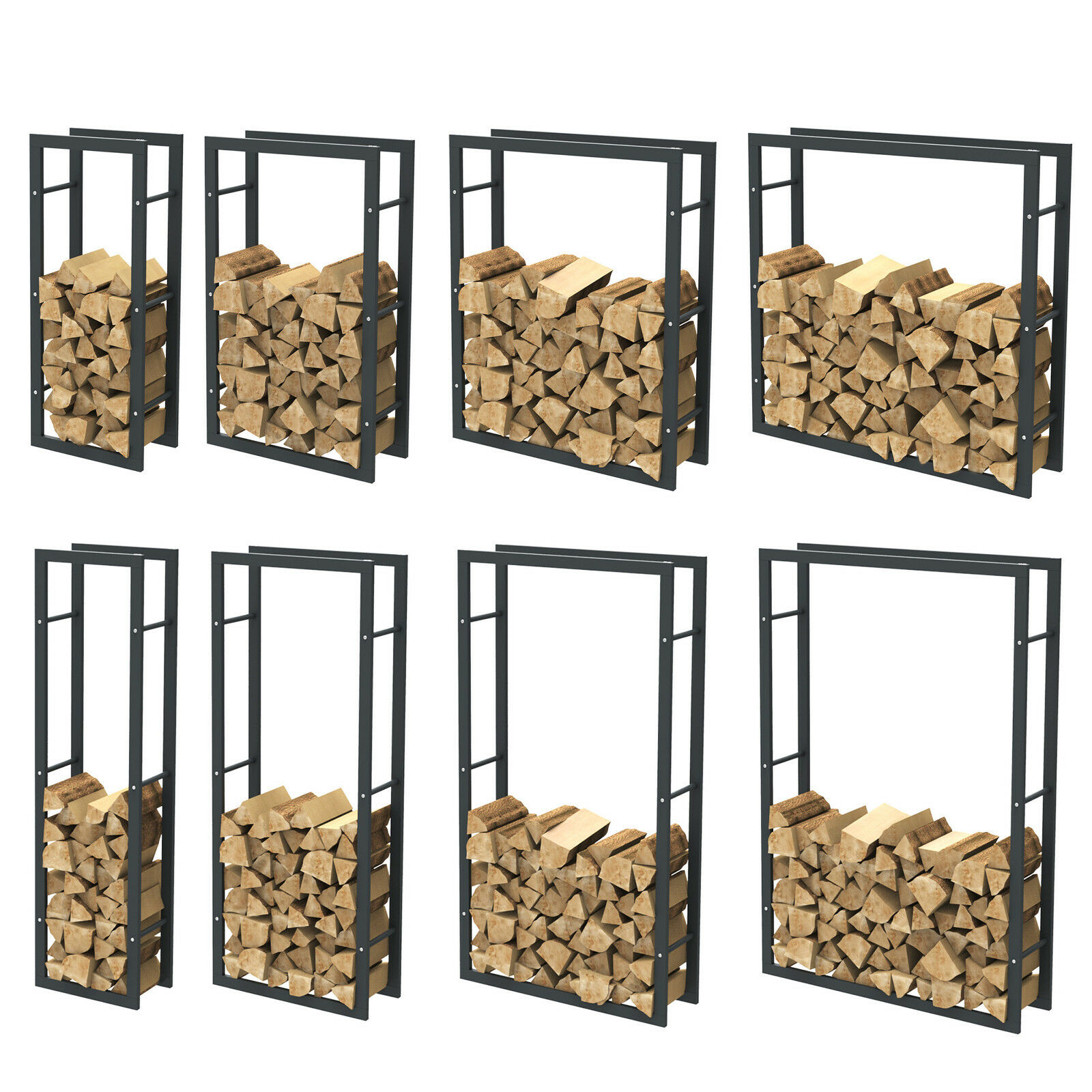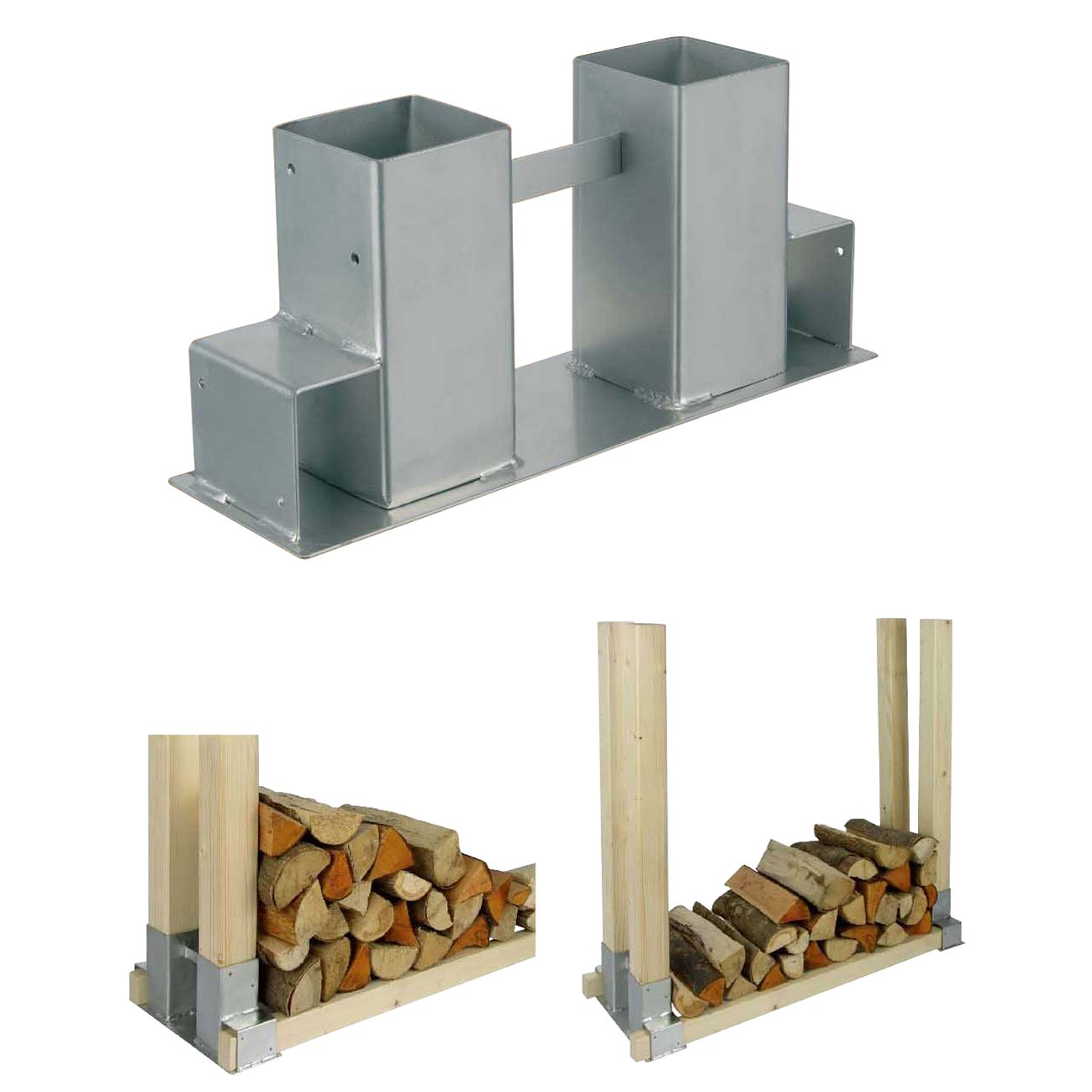Counting gravure process details that cannot be ignored in each process
First, unwinding device and adjustment (1) Tension automatic control system. During the pre-press unwinding process, the film needs to maintain a certain tension during the multi-color printing process or during the post-press process. The tension is too large to cause longitudinal wrinkles, and the tension is too small to cause lateral wrinkles. In short, fluctuations in tension can affect the accuracy of overprinting. It is necessary to control the tension value of the material. Table 1 shows the tension values ​​of several common plastics. (2) Horizontal gauge deviation adjusting device. In order to ensure that the transverse rule of the tape of the printing material enters the printing part or rewind, the lateral adjustment is required. Lateral adjustment is adjusted by gas (liquid) cylinder or by lateral adjustment roller adjustment. Second, the scraper and impression cylinder adjustment (1) Scraper adjustment. The sum of the pressure required to scrape off the ink on the surface of the plate and the pressure required to resist the impact of the ink is the blade pressure. The pressure is proportional to the printing speed, generally the speed is fast, and the pressure is correspondingly large. In addition, the choice of the angle between the scraper and the plate is generally 30o~70o. This keeps the knife edge from damaging the layout and makes the quality of the printed product ideal. (2) Adjust the impression cylinder. The impression cylinder can be adjusted after the plate cylinder is in good condition. The printing pressure of the impression cylinder is different for different substrates. For plastic films, the printing pressure can be set to 1~5Pa. In gravure printing, the transfer of ink is achieved by applying pressure to the plate cylinder by the impression cylinder. Therefore, the impression cylinder must have a strong pressure resistance. Usually, a synthetic rubber is added to the iron core of the steel pipe. In consideration of the resistance requirements for inks and solvents, butyl cyanide rubber is generally used. The hardness of the blanket cylinder layer varies depending on the substrate. In general, the plastic film should be 65 to 70 Shore hardness. The thickness of the rubber layer is about 15~18mm. It is too thick to be easily cooled, too thick to be easily cooled, and too thin to affect the printing quality. Like the plate cylinder, the impression cylinder is divided into a shaft-integrated type and a shaft-separated type. From the perspective of accuracy and strength, the shaft is integrated as a common type, but a small concave such as a narrow-width polyethylene film printing machine. The printing machine mostly uses a shaft separation type impression cylinder. Some high-performance printing presses use the upper and lower structures of the impression cylinder to prevent the original film from loosening and the mechanism for keeping the running length of each unit film to a certain value, thereby minimizing the loss of printing material during shutdown. The installation of the impression cylinder is not as simple as that of the plate cylinder. Recently, some impression cylinders use the mounting rod technology to fix the roller on the bearing, which not only shortens the replacement time of the impression cylinder, but also has simple installation operation, and does not need to use tools such as a wrench. Adjustments after the impression cylinder is installed include the following points. 1 test standard. Base level: ±0.05/1000. Machine head and tail center deviation: ± 0.1mm. Distance error between the main rolls: ± 0.02 mm. 2 Adjust the impression cylinder. The impression cylinder can be adjusted after the plate cylinder is in good condition. The second impression cylinder has to first adjust the level of the second impression cylinder and the first impression cylinder, and then adjust the level of the first impression cylinder and the plate cylinder. The impression cylinder of the gravure printing press is not driven by the plate roller gear engagement, but is operated by contact with the plate cylinder, thereby enabling a stepless selection of the gravure plate cylinder diameter. The upper and lower mechanisms of the impression cylinder and the plate cylinder pressing mechanism are generally divided into manual and automatic. Manual adjustment is made by the worm wheel screw shaft. It is automatically operated by the motor through the button. In addition to the mechanical method, it is also common to use the cylinder, the cylinder, etc. for lifting and pressing. This method can pre-set the printing pressure and maintain stability, which is conducive to the stability and management of printing quality. Observing the printing pressure can be judged from the rubber pressure; in the case of using the mechanical roller upper and lower device, the spring can be used to determine the pressure; in the case of using air pressure and oil pressure, the pressure gauge can display the pressure. size. The printing pressure of practical significance in printing is not the line pressure, but the highest pressure per unit area. A certain degree of deformation of the rubber is necessary. Generally, a good printing pressure is required to have an embossing width of about 13 mm. At high speed printing, rubber deformation due to printing pressure causes a large amount of heat accumulation in the rubber layer, and sometimes the rubber is broken at a very high temperature. . After the impression cylinder is used for a long time (about 300 h), both ends of the roller are swollen and deformed by the action of the ink solvent, thereby producing the same arcuate state as in the case of over pressurization. It is necessary to grind frequently, and the grinding process must take care to prevent the film from wrinkling caused by the taper, and the lateral overprinting is not accurate. And keep the circumference of the same when multi-color printing, to avoid vertical overprinting. Third, the viscosity of the ink The viscosity change of the ink during the gravure printing process causes quality problems such as chromatic aberration and unevenness of the ink color. Although the current advanced gravure printing machine is equipped with an automatic ink viscosity control system, it is still necessary to carefully measure the ink viscosity of each color group during the printing process. In the printing production process, the viscosity of the ink is generally measured every 15~20 minutes to ensure the stability of the ink viscosity during the printing process. Fourth, the adjustment of ink drying temperature At present, gravure inks are basically solvent-based inks. During the printing process, the drying temperature of each unit should be adjusted according to the type of printing material, printing speed, graphic area and thickness of the ink layer. The drying temperature should not be too high, generally should be controlled below 80 °C, and the maximum should not exceed 100 °C. Otherwise, the printing material will shrink and affect the registration. If it is too low, the ink will dry poorly. Five, overprint After the machine is adjusted, it can be overprinted. First, use the manual adjustment button to register the layout, and then you can adjust the computer. The longitudinal error of the overprint relies on tension adjustment, and the lateral error is adjusted by the tape lateral position control system and the push-pull plate cylinder. 6. Checking the printed samples in official printing When printing, the operator should constantly check the proof with the standard, check for errors, and make necessary adjustments. Advanced gravure printing machine is generally equipped with a monitor to check the quality of the product during the normal printing process. Special attention is paid to ink viscosity, tension, drying temperature of each color group, impression cylinder pressure, doctor blade pressure, cooling roller cooling water. Temperature, etc., because the above factors may change during the printing process, which will cause changes in printing quality, and should be monitored at any time. Firewood Rack Household Sundries
Firewood Storage Racks use iron or galvanized steel material, then with powder coated. We could add your own logo as your needs, you just need to contact us for details. Now we have different sizes for choosing, if you have your own design for firewood storage racks, also welcome to contact us. Installation of firewood storage racks is not complex, we will provide the detailed installation manual, and will also provide the installation accessories, you can assemble when you need.
Firewood Storage Rack:


Metal Firewood Rack,Indoor Firewood Rack,Firewood Storage Rack,Metal Firewood Storage Rack,Detachable Firewood Storage Rack
Suzhou CoreMission International Trading Co.,Ltd. , https://www.szcoremission.com
